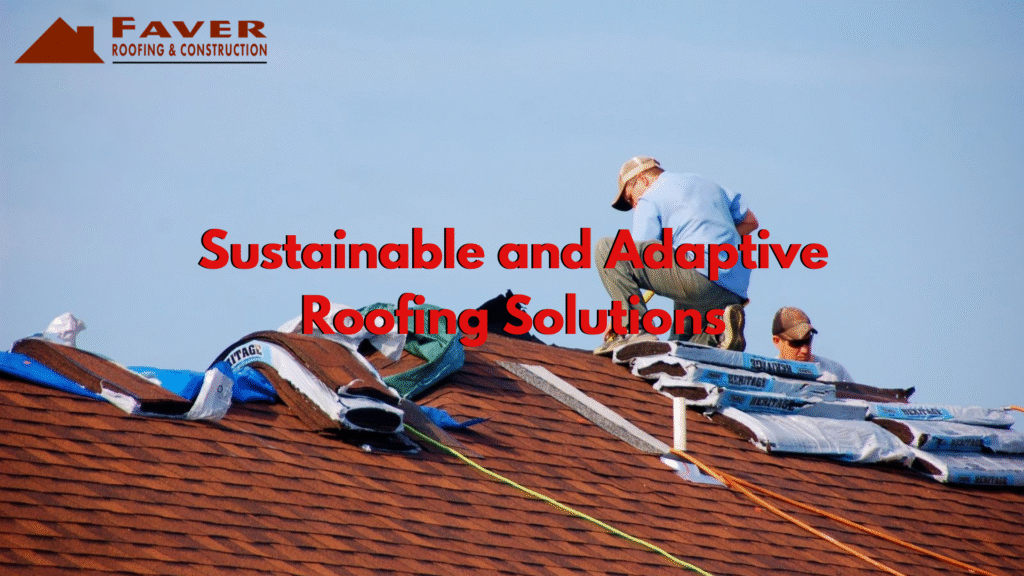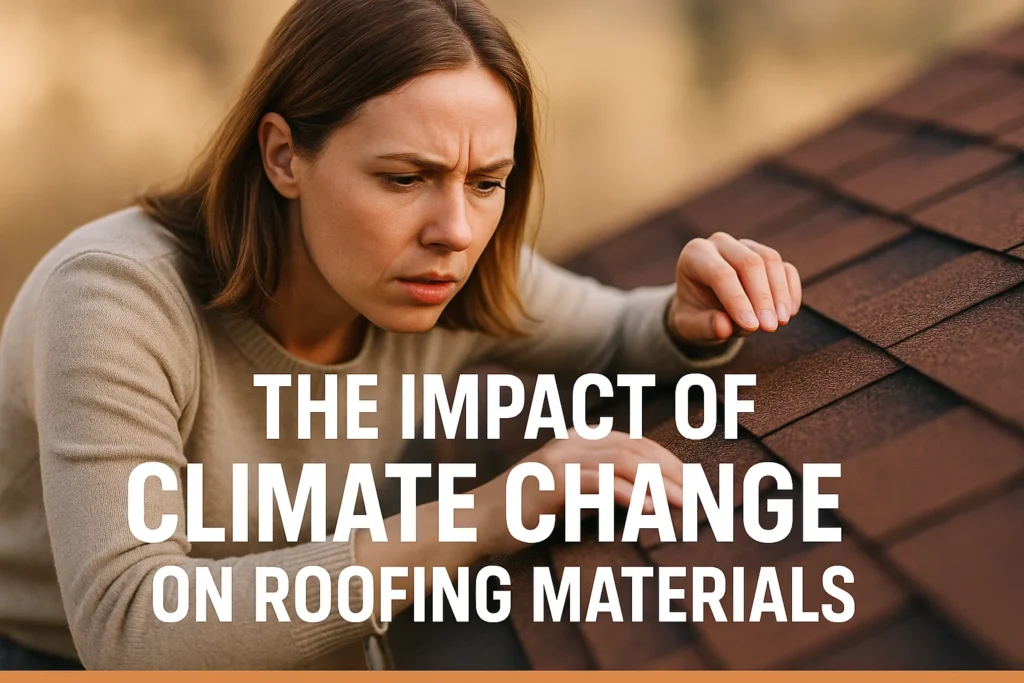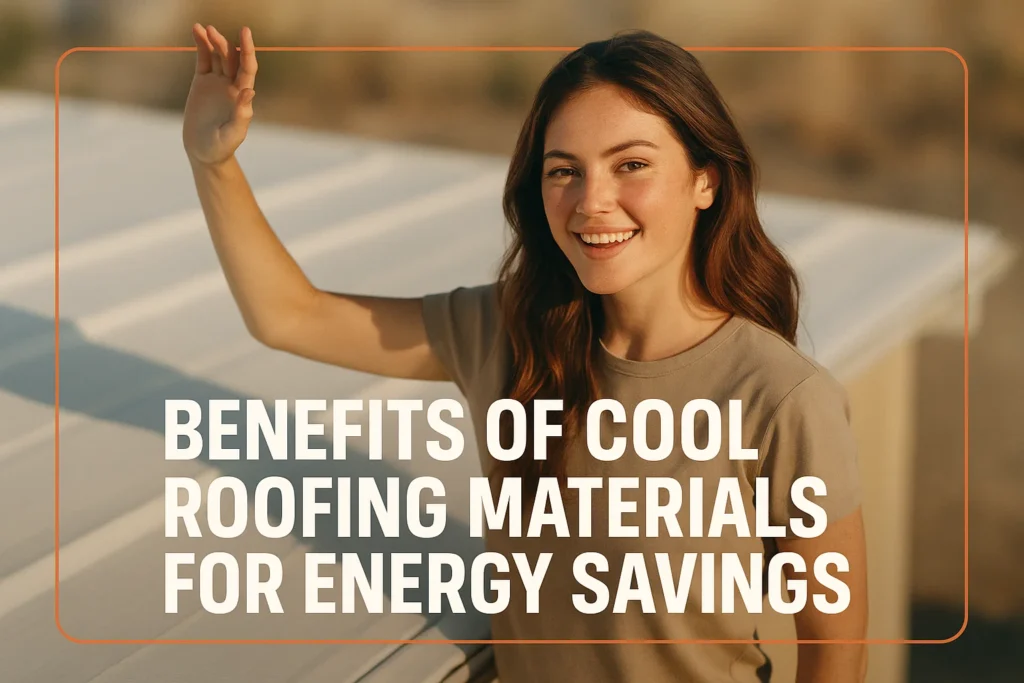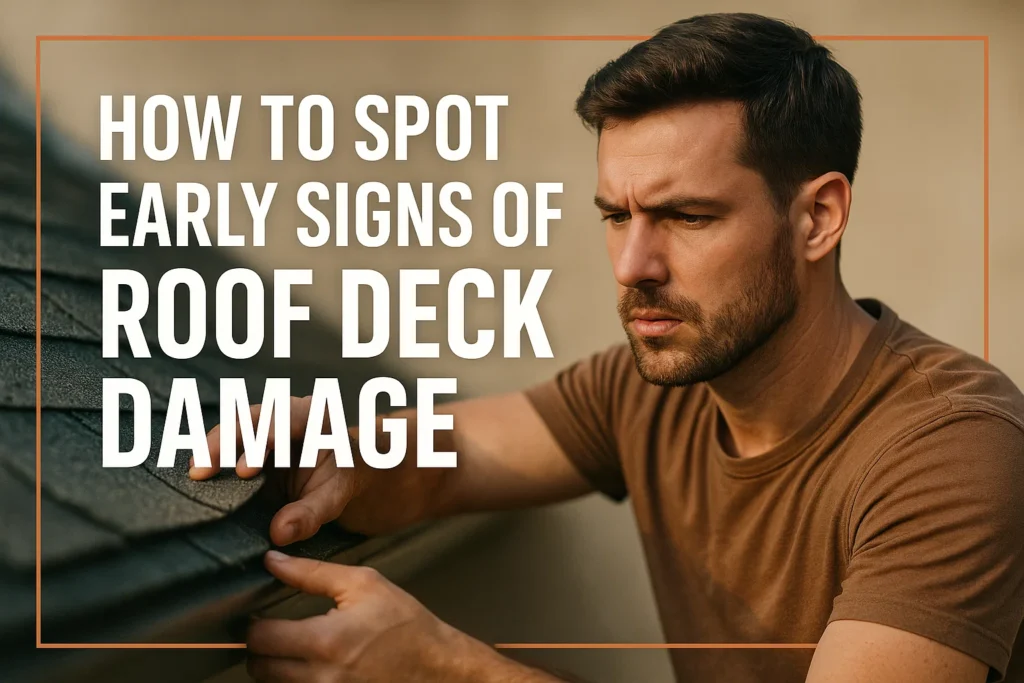One of the most laborious sections of your house is your roof. It protects you against the sun, wind, rain, snow and all the other things that nature throws at you. However, as climate change leads to more severe weather, roofing materials are also being put to the test as never before.
Blasting heatwaves, intense storms, and wildfires are the new weather patterns that are putting the homeowners and the contractors to the task of having to think differently in relation to roofing. The selection of the proper materials is no longer about appearance only but about strength, stability and security of the future.
Why Climate Change Matters for Roofing
Increasing Weather Extremes and Their Effects on Roofs
Climate change is leading to increased intensity of storms, heatwaves and increased rainfall. Roofs being themselves bare 24/7 are frequently the victims of these changes. Those materials that used to serve a lifespan of 30 years might deteriorate in only a short period of time.
The Need for Climate-Resilient Building Materials
Old fashioned roofing is not always constructed under these new conditions. Constructors and manufacturers are currently coming up with climate resistant materials capable of withstanding fire, UV rays and huge winds.
How Homeowners and Contractors Are Adapting
Homeowners are investing within hardier materials whereas contractors are seeking to understand novel methods of roof installation with a view of enhancing performance. Jointly, they are re-imagining climate change-driven rooftop innovation.
Heatwaves and UV Exposure
Accelerated Aging of Asphalt Shingles
Asphalt shingles are inexpensive and common, and when subjected to extreme heat, they become curled, cracked and lose their protective granules. Their life span can reduce drastically in the areas where heatwaves are frequent.
UV Degradation of Synthetic Roofing Materials
Artificial roofs such as PVC or rubber can also degrade due to intense UV rays resulting in brittle roofs and leakages. These roofs in sunny climates deteriorate much faster without UV stabilizers.
Importance of Reflective and Cool Roof Technologies
Cool roofs are reflective surfaces that are constructed with reflective materials that reflect sunlight, thus lowering the cool-down. This will decrease the temperatures in the attic, will decrease energy costs and will make the shingles last longer in the hot sun.
Heavier Rainfall and Storms
Water Infiltration and Material Breakdown
In case of heavier downpours, there is a greater likelihood of water streaming under shingles, tiles or flashing. In the long run, this leads to rot, moulding and structural destruction when not adequately closed.
Importance of Waterproof Membranes and Sealants
It has become a common practice to incorporate modern roofing with waterproof coverings and new methods of sealants. These add additional protection around leaks making homes dry even when it maxes down.
Choosing Materials That Withstand Heavy Rain and Wind
Metal, clay, and well attached shingles of high storm rating are more resistant to damages caused by heavy rain and wind. Choice of material is paramount in storm prone areas.
Freeze-Thaw Cycles and Temperature Fluctuations
Cracking in Tile, Slate, and Concrete Roofs
Upon entry of water into cracks and freeze, it expands, which exerts stress to rigid materials such as tile, slate, and concrete. These materials may end up chipping or breaking over several freeze thaw cycles.
Moisture Expansion and Contraction Effects
Even flexible roofing materials contract and expand with a change in temperature. In the absence of appropriate design, this movement may unscrew fasteners, cause surfaces to become warped, and provide spaces where leaks may occur.
Insulation and Underlayment That Help Prevent Damage
Good quality insulation and underlayment maintain the attic temperatures more predictable and eliminate freeze-thaw losses. They also assist in their protection against ice dams, which develop on winter roofs, which are cold.
Wildfires and Air Quality
Fire-Resistant Roofing Materials and Their Ratings
In numerous locations, there is an increase in wildfire risk. The fireproofing roofing materials such as metal, clay, concrete, and Class A rated shingles are developed so that they resist burning embers and direct flame.
Ember-Resistant Roof Edges and Vent Design
Even the most superior roof may fail when there are embers that may get access into the roof through vents or openings. Ember resistant vent screens and sealed roof edges are used to prevent the fire from spreading to the attic.
How Airborne Debris Impacts Roofing Longevity
Smoke and ash produced by wildfires may be deposited on roofs accelerating the erosion of materials and blocking gutters. In fire prone areas, regular cleaning and inspection is important.
High Winds and Hurricanes
Uplift Resistance and Secure Fastening Systems
Tornadoes and hurricanes cause winds that are strong enough to tear off roofing that is not properly attached. Interlocking shingles and uplift resistant fastening systems minimize the chances of roof collapsing.
Roofing Materials Rated for Wind Zones
Metal roofs, high-endurance asphalt shingles, and concrete tiles installed properly can accommodate high-wind areas up to 150mph.
Importance of Professional Installation in Storm-Prone Areas
Whatever the strength of the material it would be, poor installation results in failure. There are special patterns of fastening and adhesives that are used by professional contractors in hurricane areas to achieve the code and storm resistance.
Sustainable and Adaptive Roofing Solutions

Cool Roofs and Energy Savings in Hotter Climates
Cool roofs can be used to reduce the heat islands in cities by reflecting sunlight. To homeowners, they also save on cooling expenses and lower roof surface temperatures and decrease material life.
Green Roofs for Stormwater Management and Cooling
Planted green roofs absorb rain and are also insulating. They decrease stormwater runoff and cool cities as well as offering protection to the underlying roof membrane.
Recyclable and Low-Carbon Roofing Materials
Sustainable is the watchword and numerous homeowners are now opting to use metal roofing or shingles that can be recycled. These alternatives decrease carbon footprints, which help achieve long-term resilience.
What Homeowners Can Do to Prepare
Schedule Regular Roof Inspections
At least once a year, a professional check-up will help reveal minor issues before they become large-scale repairs. Inspections are even greater after extreme weather.
Choose Climate-Appropriate Materials for Your Region
The same material that works well in a hot desert climate might not be suitable in the snow. It is recommended that the roofing materials should be matched with the local weather patterns in order to eliminate the maximum durability and efficiency.
Work With Roofers Who Understand Climate-Resilient Design
Not every roofer is trained in climate-adaptation. Hiring a contractor that is knowledgeable of the climate risks in your area will keep your roof sustainable in a world of change.
FAQs
Extreme heat, storms and freeze-thaw cycles destroy roofing materials at a faster rate than before.
Reflective coated metal roofs and cool roofs are very effective in hot areas.
They are effective in low or flat roofs that are capable of supporting the additional weight of soil and plants.
They significantly minimize the risk but the proper design of the vents and hardening of the homes are also significant.
Even in severe climates, roofs that are properly installed and with the proper material, could last up to 20-30 years.
Conclusion
Climate change is changing our thinking of roofing. Heatwaves, storms, wild fires and floods all place the new strains on materials that were not originally designed to meet the extreme demands of the current situation. The reason why it is so important to select roofing that is climate resistant is because it protects your investment, comfort, and even safety.
The future of roofing can be found in the smarter material, superior design and sustainable options. You can make sure that your roof is prepared to take on anything the future throws your way by hiring educated contractors and choosing the appropriate materials to use in your climate.
To explore more about climate-resilient roofing options and expert installation, visit Faver Roofing & Construction. Their team provides trusted guidance and professional solutions to keep your roof and your home protected for decades to come.






